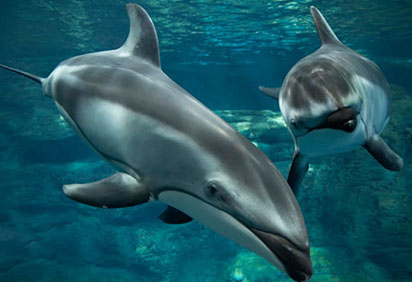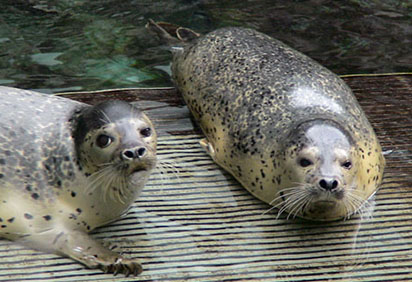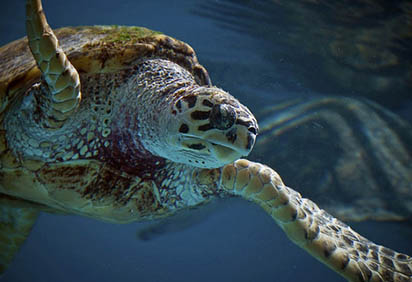WAS Vision and Mission
WAS VISION
The World Aquaculture Society, through its commitment to excellence in science, technology, education, and information exchange, will contribute to the progressive and sustainable development of aquaculture throughout the world.



WAS MISSION PRIORITIES
The World Aquaculture Society is organized for educational and scientific purposes to:
- Promote the educational, scientific, and technological development and advancement of aquaculture throughout the world.
- Gather and disseminate technical and other information on aquaculture worldwide.
- Hold meetings for the presentation, exchange, and discussion of information, findings, and experiences on all subjects and techniques related to aquaculture.
- Encourage the teaching of all phases of aquaculture and the training of aquaculturists.
- Encourage aquaculture research, development and education activities by government agencies, both national and international, and private
WAS MISSION STATEMENT
THE WORLD AQUACULTURE SOCIETY (WAS) IS THE GLOBAL LEADER IN AQUACULTURE SCIENCE, CONTRIBUTING TO THE GROWTH AND DEVELOPMENT OF AQUACULTURE. WE SERVE AS A PRIMARY FACILITATOR OF INFORMATION EXCHANGE, TECHNOLOGY TRANSFER, POLICY DEVELOPMENT, AND COMMUNICATION BETWEEN ALL SECTORS ENGAGED IN AQUACULTURE
HIGHER LEVEL STRATEGIC GOALS
1.Increase membership and global representation
Increase membership by a minimum of 25% in the next 5 years through improved understanding of regional requirements from professional society membership and targeted initiatives in regions and countries.
2.Implement the re-invigoration Plan for the Journal of the World Aquaculture Society.
Targeting JWAS to become a leading aquaculture journal with a 10% improvement in member satisfaction and an impact factor greater than 1.5 by 2020.
3.Deliver an effective, efficient and consistent communication platform that supports and enhances the WAS brand, Vison and Mission
Improve communication with our diverse membership through a range of traditional and modern media with a consistent message that enhances our brand and meets identified member needs.
4.Further develop a conference and meeting strategy that delivers a consistent approach to continuous improvement in transferring quality science and technology, knowledge and education to benefit the members and the aquaculture industry at large
Enhance member satisfaction with WAS conferences and expand attendees at a wider diversity of events targeting the varied needs of the aquaculture community.
5.Develop a comprehensive plan to address the succession of the executive director and event management roles within the society and develop and implement an employee performance evaluation process
Assess risk associated with eventual succession of key WAS staff and further develop HR policies.
6.Exhibit leadership in the critical issues facing the aquaculture industry
Develop society functions to further support industry members including the development of Communities of Practice.
SECOND LEVEL STRATEGIC GOALS
7.Continuous improvement of WAS publications to align with membership demands
8.Recognize outstanding professionals and students for their contributions to aquaculture using a consistent, coordinated process that distinguishes criteria for selection and expectations of the award that ensures diversity of awardees.
9.Develop mechanisms to effectively engage students in WAS activities to increase student membership and increase transition rates of student members to full members
10.Enhance linkages and alliances with aquaculture and related organizations
11.Develop consistent and effective strategy for Chapters to support the Society and contribute to increased membership
12.Ensure global representation in the Society’s governance
13.Maintain a sustainable business model
